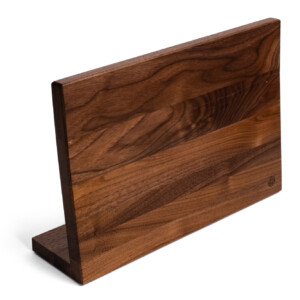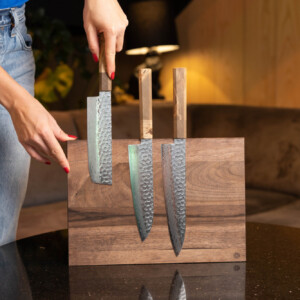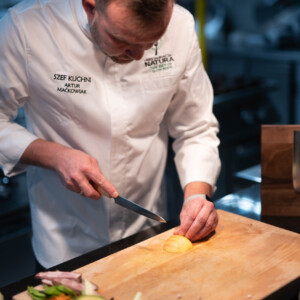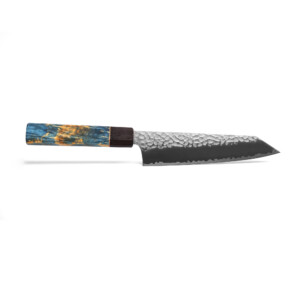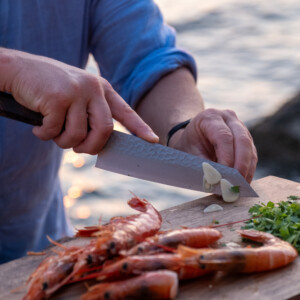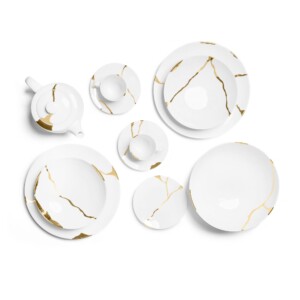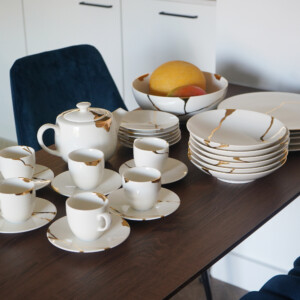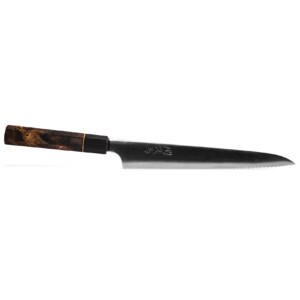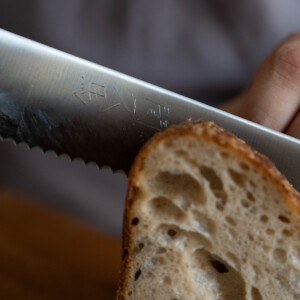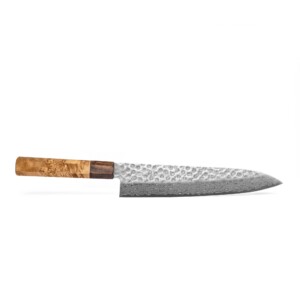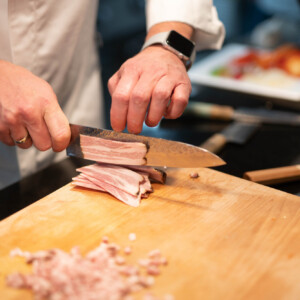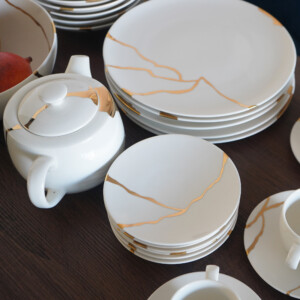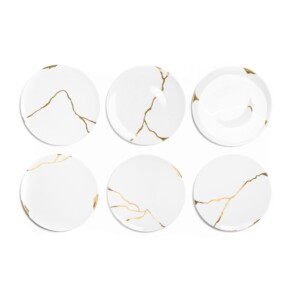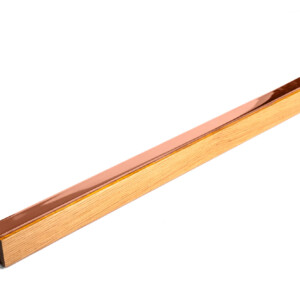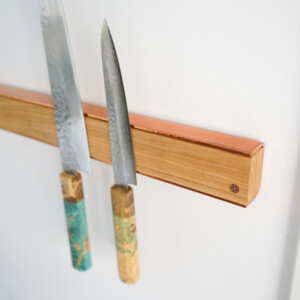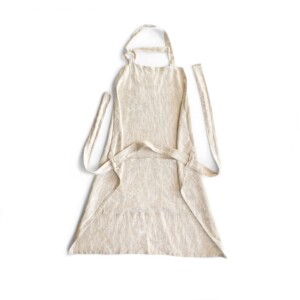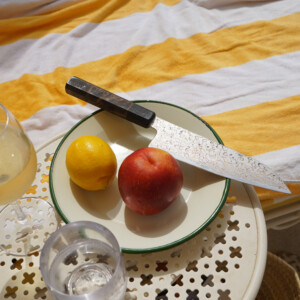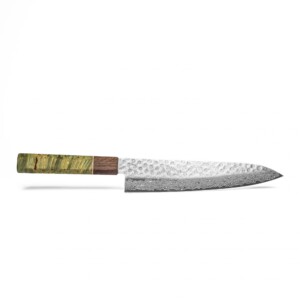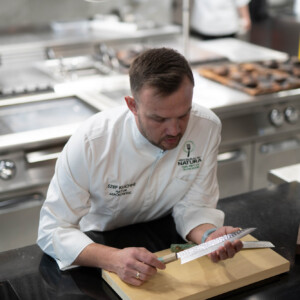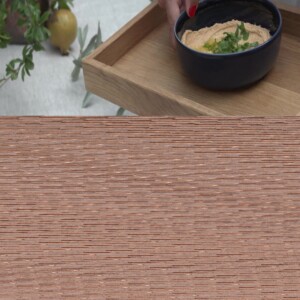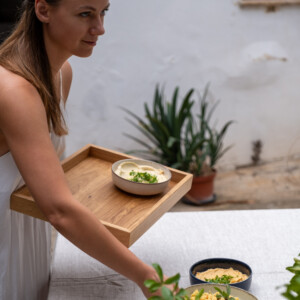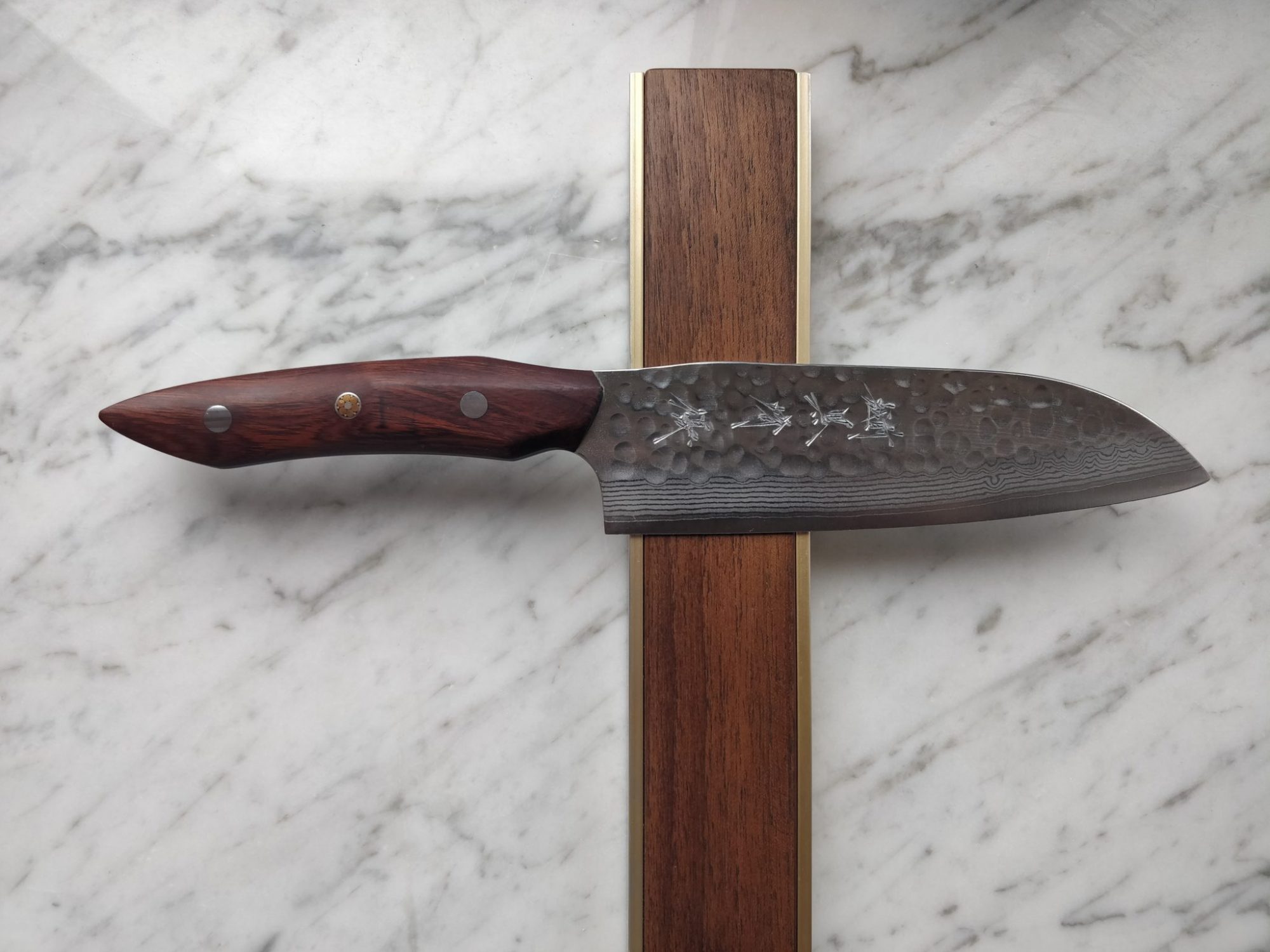There’s a question we hear constantly, usually whispered with a mix of curiosity and concern: “Is a £300 knife actually worth it?” And we get it. Three hundred quid is serious money. You could buy a whole set of decent knives for that. Or a new coat. Or several nice dinners out. So let’s talk about whether spending that much on a single kitchen knife makes any sense at all.
First, the practical calculation. Let’s say you cook five times a week, which is pretty typical for someone who enjoys being in the kitchen. Over eighteen months, that’s roughly 360 meals. Divide £300 by 360 meals and you’re looking at about 83 pence per meal. Not per person, mind you, but per cooking session. If you’re cooking for two or four people, that cost gets even more negligible per plate.
But this maths only tells part of the story. Because the real question isn’t about cost per use. It’s about whether the tool fundamentally changes your experience of cooking. And that’s where things get interesting.
What You Actually Get for Your Money
When you pick up a knife like our KATA Bunka, you’re holding something that’s been handcrafted by blacksmiths in Seki, Japan. Not assembled on a production line, but actually forged by artisans who’ve spent decades perfecting their craft. The blade is made from VG10 steel with a three-layer construction. The handle is carved from stabilised maple burl with ancient bog oak. Each component has been chosen specifically because it performs a particular function exceptionally well.
The VG10 core steel holds an edge longer than standard knife steel. This isn’t marketing speak; it’s measurable in hardness ratings and practical in how often you need to sharpen. With proper care, you might go months between sharpenings whilst still having a blade that glides through dense vegetables without resistance. Compare that to a cheaper knife that needs honing every few weeks or professional sharpening every couple of months, and the maintenance time alone starts to tip the scales.
The three-layer construction means the hard core steel is supported by outer layers that prevent chipping whilst maintaining that keen edge. It’s engineering that solves a real problem: how to make a knife sharp enough to be a pleasure to use, but durable enough to withstand daily kitchen work. Single-construction knives struggle with this balance. They’re either sharp but fragile, or durable but frustratingly dull.
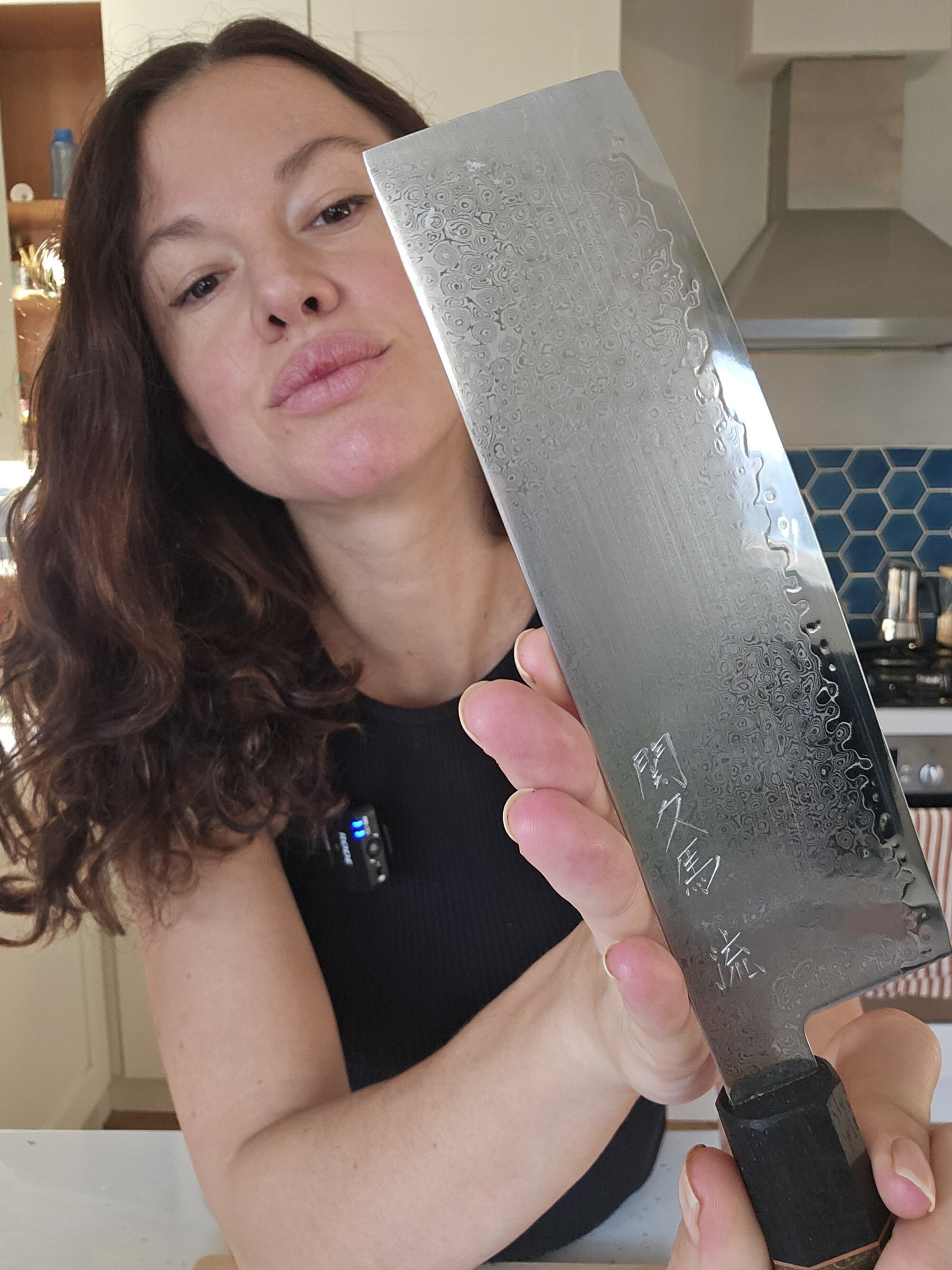
The Things You Can’t Quantify
Here’s where it gets harder to explain in spreadsheet terms. When you use a truly well-made knife, cooking feels different. Take cutting a dense sweet potato, something that can be genuinely frustrating with a mediocre knife. You have to apply force, the blade wants to slip, there’s always that moment of concern about whether your hand might end up in the wrong place. With a sharp, well-balanced knife, that same sweet potato offers almost no resistance. The blade moves through it with the weight of your hand alone.
This changes your relationship with ingredients. You’re no longer fighting them. Julienning carrots becomes meditative rather than tedious. Breaking down a chicken shifts from a struggle to a precise, almost satisfying task. You start to notice textures you hadn’t paid attention to before, the way different vegetables resist the blade differently, the feedback you get through the handle about what’s happening at the cutting edge.
The balance matters more than most people realise until they’ve experienced it. A properly balanced knife becomes an extension of your hand. You’re not wielding a tool; you’re working with one. Your hand doesn’t tire after twenty minutes of chopping. Your control remains precise even when you’re working quickly. This isn’t about being a professional chef; it’s about making the physical act of cooking less exhausting and more enjoyable.
The Longevity Factor
A £30 knife set might seem like a bargain until you realise you’ll replace it in three years. The blades lose their edge quickly. The handles loosen or crack. The balance never feels quite right, but you tolerate it because, well, it was only thirty quid. Over a decade of cooking, you might go through three or four of these sets, spending £90-120 total, and never once having the experience of working with a knife that genuinely performs well.
A £300 knife, properly cared for, will still be performing beautifully in twenty years. The blade can be resharpened countless times without losing its character because the layered construction maintains structural integrity. The stabilised wood handle won’t crack or warp. The balance doesn’t change. If anything, the knife improves with age as it develops a patina that reflects your particular cooking style and becomes uniquely yours.
This longevity changes the economics significantly, but more importantly, it changes the psychology. When you know your tools will last, you invest time in learning to use them properly. You develop muscle memory. You build skills that compound over years. The knife becomes part of how you cook, not just what you cook with.
What It Does to Your Cooking Routine
This is the bit that surprises people most. Having a knife you actually enjoy using changes which meals you’re willing to make. When you know that prepping vegetables won’t be a tedious slog, you’re more likely to cook that Buddha bowl instead of ordering takeaway. When breaking down ingredients feels satisfying rather than exhausting, you’ll tackle more ambitious recipes.
It’s subtle but significant. The psychological barrier to cooking decreases when you have tools that work with you rather than against you. You waste less food because precise cuts are easier to achieve. Your meals look better because you have the control to create uniform pieces. You enjoy the process more, which means you cook more often, which means you eat better and probably save money compared to buying prepared food or eating out.
There’s also something to be said for the simple pleasure of working with beautiful tools. Every time you pick up a well-made knife, there’s a moment of appreciation. The way light plays across the hammered blade, the comfortable weight in your hand, the satisfying sound it makes meeting the cutting board. These small moments of beauty add up over hundreds of meals.
When It Doesn’t Make Sense
Let’s be honest: there are situations where spending £300 on a knife isn’t sensible. If you cook once a week and find it more chore than pleasure, invest that money elsewhere. If you’re still learning basic knife skills and aren’t sure what you need yet, start with something more modest. If your kitchen doesn’t have a decent cutting board or your knives are being thrown into a drawer with other utensils, fix those problems first.
A premium knife requires a certain baseline of care. You need to hand wash and dry it after use. You need a proper cutting board (wood or quality plastic, never glass or ceramic). You need to store it safely, either in a block, on a magnetic strip, or with blade guards. If these requirements feel like too much hassle, a cheaper knife that can handle more abuse might suit you better.
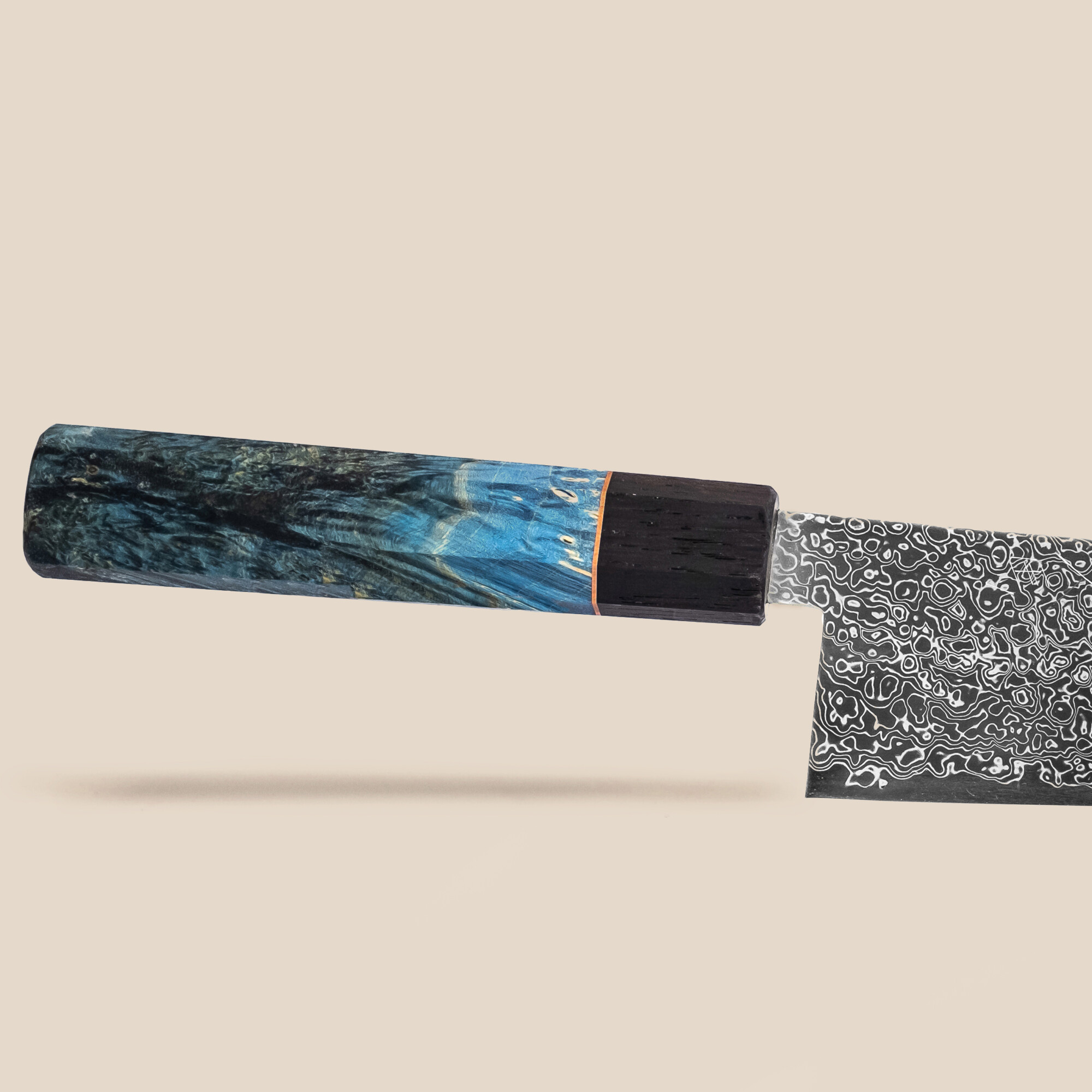
The Real Question
The question isn’t really whether a £300 knife is worth it in some abstract sense. It’s whether it’s worth it for you, given how you cook and what you value. If you cook regularly and care about the quality of your tools, if you find cooking therapeutic but are frustrated by equipment that fights you, if you appreciate craftsmanship and durability over disposability, then yes, it’s absolutely worth it.
Think about what you spend on other parts of your life. Most people don’t blink at £300 for a weekend away or a decent pair of shoes or a monthly gym membership. A quality knife will be with you for decades, used several times a week, fundamental to one of life’s essential and potentially joyful activities. When you frame it that way, the investment makes sense.
But here’s the truth that matters most: we hear from customers all the time who tell us that after months of using their Oishya knife nearly every day, they’ve never once thought “I wish I’d spent that money on something else.” Instead, they find themselves looking forward to cooking because they know their tools won’t frustrate them. The knife has paid for itself not just in cost per use, but in making cooking something they want to do rather than something they have to do.
That shift, from obligation to pleasure, is worth more than any calculation about pence per meal can capture. And that’s really what you’re investing in when you choose a proper knife: not just better performance, but a better relationship with cooking itself.
